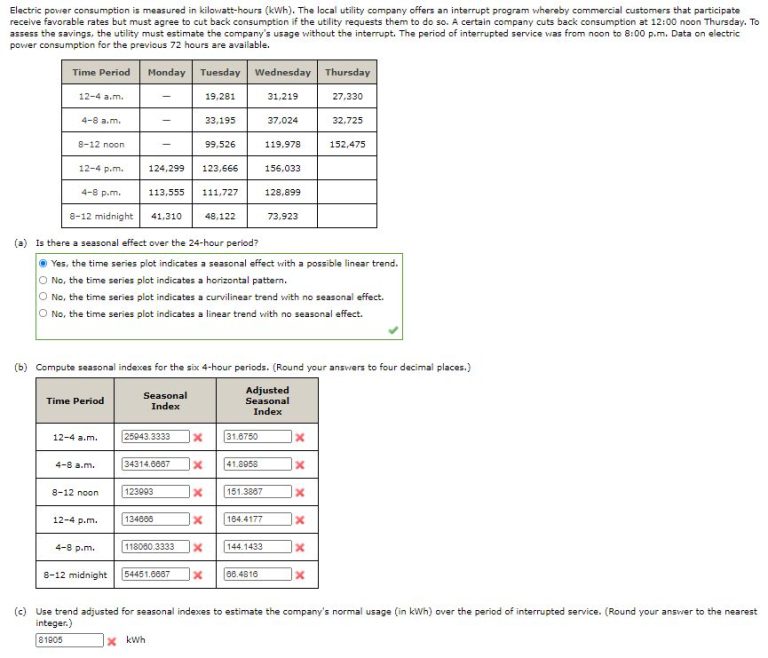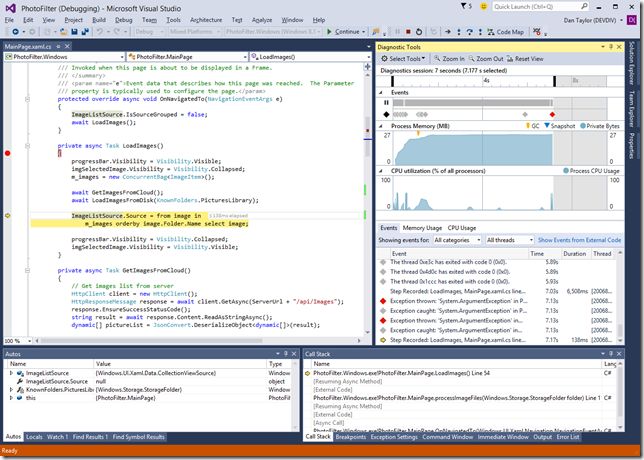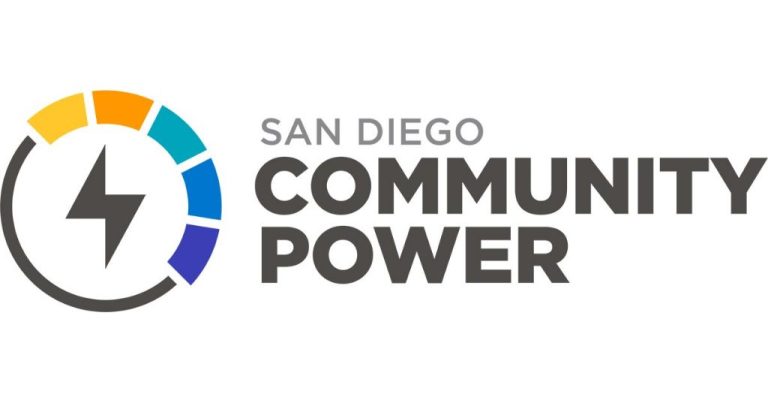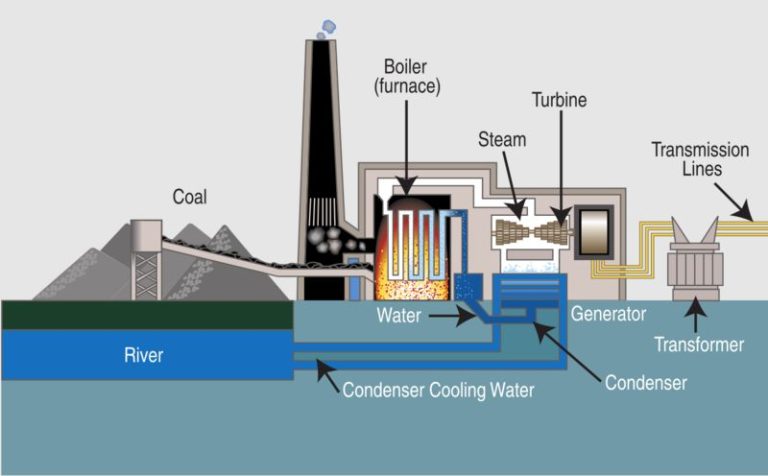Which Is An Example Of Efficient Energy Use?
Efficient energy use refers to reducing energy consumption through smart practices and technologies, while still maintaining a similar or improved level of output and comfort. The goal is to accomplish the same tasks and enjoy the same benefits, but by using less energy. Efficient energy use lowers utility bills, reduces pollution, and conserves finite energy resources.
There are many ways individuals and businesses can increase their energy efficiency. Some common methods include:
Turn Off Unused Electronics
One of the easiest ways to practice efficient energy use is to turn off lights, televisions, computers and other electronics when you’re not using them or when you leave a room. Many electronics continue to draw power even when switched off, so it’s best to unplug them or use a power strip that can be turned off completely.
The US Department of Energy estimates that the average household has 40 products constantly drawing power. This phantom load accounts for 5-10% of home energy use. Simply being diligent about turning off lights and electronics that are not in use can make a significant dent in your energy consumption.
Make it a habit to turn off lights when you leave a room. Remember to switch off televisions, stereos, computers and monitors when not in use. At night, ensure all lights and electronics are turned off before going to bed. Installing timers, motion detectors or occupancy sensors can make it easier to ensure lights get turned off.
Taking these simple steps to turn off unused appliances and electronics is one of the fastest ways to increase efficient energy use in your home.
Replace Incandescent Bulbs
One of the easiest ways to make your home more energy efficient is to replace your traditional incandescent light bulbs with LED or CFL bulbs. Incandescent bulbs are extremely inefficient – 90% of the energy they consume is given off as heat, not light. LED and CFL bulbs convert a much higher percentage of energy into light, using only 20-25% of the energy an incandescent bulb uses.
LED bulbs in particular last much longer than incandescents, with lifespans of up to 25,000 hours compared to just 1000 hours for an incandescent. This means you’ll save both energy and money by replacing traditional bulbs. LEDs used to be quite expensive but prices have dropped dramatically in recent years. You can now easily find LED bulbs at big box stores for just a few dollars.
CFL bulbs are another good option that use about 75% less energy than incandescents. They don’t last quite as long as LEDs, but they are very affordable. Just be sure to dispose of CFL bulbs properly at the end of their lifespan, as they do contain a small amount of mercury.
Take some time to walk through your home and inventory all the lighting. Make a plan to swap out incandescent bulbs for LED or CFL alternatives. You’ll see immediate energy savings. Just this simple switch can reduce lighting energy use by 75% or more in most homes.
Insulate Your Home
One of the most effective ways to make your home more energy efficient is to insulate it thoroughly. This includes adding insulation to attics, exterior and interior walls, crawl spaces, and anywhere else where heat can be lost. Properly insulating a home can reduce heating and cooling costs by 15-30%, while also making your home more comfortable by reducing drafts and temperature swings.
Adding insulation in attics is often the easiest place to start. Most older homes have little or no attic insulation. Upgrading to 12 or more inches of batt, blown-in, or spray foam insulation can significantly reduce heat gain and loss through the roof. Any access hatches should also be insulated and sealed.
Exterior wall cavities should be filled with insulation as well. If the walls already have some insulation, adding more can still help. Newer spray foams can insulate and air seal walls in one step. Interior basement walls and crawl space walls also benefit from insulation.
While insulting walls and attics requires some investment, the payoff in energy savings will quickly repay the project cost. Many utilities and states offer rebates to help with insulation upgrades. A home energy audit can identify the most beneficial areas to invest in insulating first.
Seal Air Leaks
One of the easiest and most effective ways to increase your home’s energy efficiency is by sealing air leaks. Air leaks allow conditioned air in your home to escape outside, forcing your HVAC system to work harder to maintain the desired temperature. This wastes energy and drives up utility bills.
There are a few common places where air leaks typically occur in homes:
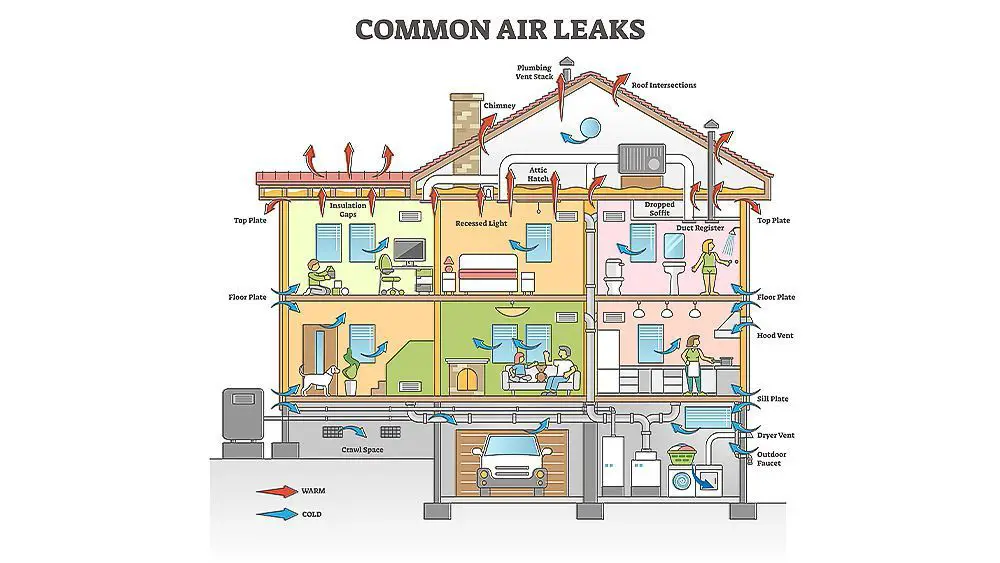
- Windows – Cracks and gaps around windows allow air to pass through. Weatherstripping windows and using caulk around frames can seal these leaks.
- Doors – Like windows, doors can also allow conditioned air to escape. Installing weatherstripping and door sweeps seals the gaps.
- Ducts – Ductwork that isn’t properly sealed can account for up to 30% of a home’s energy loss. Use mastic sealant or metal tape to seal ducts and prevent leaks.
- Fireplace – Fireplaces are a major source of air leaks when not properly sealed. Chimney balloons or chimney covers can be used to seal fireplaces when not in use.
- Outlets and Switches – Gaps around electrical boxes on walls allow air to flow through. Foam gaskets behind switch plates and outlet covers seals these leaks.
Taking the time to find and seal up air leaks around your home can lead to great energy savings while keeping rooms comfortable. It’s one of the most cost effective efficiency improvements you can make.
Upgrade Appliances
One of the most impactful ways to increase efficient energy use is to upgrade old, inefficient appliances to new ENERGY STAR certified models. ENERGY STAR is a voluntary program from the U.S. Environmental Protection Agency (EPA) that helps businesses and individuals save money and protect the environment through superior energy efficiency.
When shopping for new appliances like refrigerators, dishwashers, washing machines, and dryers, look for the ENERGY STAR label. ENERGY STAR certified appliances meet strict energy efficiency guidelines set by the EPA and use 10-50% less energy and water than standard models.
For example, replacing an old refrigerator from the 1980s with a new ENERGY STAR certified model can reduce electricity use by at least 50%. ENERGY STAR refrigerators use better insulation, compressors, and seals to minimize leaks and wasted energy.
While ENERGY STAR appliances often cost slightly more upfront, the energy savings over the lifetime of the appliance more than make up for the initial investment. With utility rebates and tax credits in many areas, upgrading to ENERGY STAR is a smart way to reduce energy waste and save money.
Adjust Thermostat
Adjusting your thermostat is one of the easiest ways to use energy more efficiently in your home. The ideal thermostat setting during the winter is around 68°F. Lowering the temperature at night or when away from home can also help save energy. Similarly, in the summer months, aim to keep the thermostat set to around 78°F. Raising the temperature when not at home reduces energy usage from air conditioning systems.
Programmable thermostats allow you to automatically change the temperature settings multiple times per day. This ensures the temperature is ideal for when you are home and energy isn’t being wasted when you’re not around. Smart thermostats take this a step further by using sensors and algorithms to optimize temperature based on your family’s schedule and preferences. With a smart thermostat like the Nest, you can even adjust the temperature remotely using an app on your phone.
Regardless of whether you opt for a programmable or smart thermostat, adjusting the settings to align with when you are home and away and the seasons can lead to greater efficiency and energy savings.
Use Smart Power Strips
Using smart power strips is an easy way to reduce wasted standby power that electronics use when turned off or in standby mode. Many devices continue to draw a small amount of power even when switched off. This idle current or “phantom load” can add up, accounting for 5-10% of home energy use according to the US Department of Energy.
Smart power strips automatically shut off power to devices when they are not in active use. They can detect when a primary device like a computer or TV is turned off, and then cut power to secondary devices like printers, game consoles, chargers etc. This prevents those secondary devices from continuing to draw power when not needed.
By connecting devices to smart power strips instead of regular ones, you can greatly reduce the amount of energy wasted in idle or standby modes. This saves electricity and money without any extra effort after initial setup.
Maintain Equipment
Properly maintaining heating, ventilation, and air conditioning (HVAC) equipment is an important way to improve energy efficiency. Over time, HVAC systems can accumulate dirt, debris, and buildup that reduces their efficiency. By regularly replacing filters, cleaning coils, and having a professional service your HVAC equipment, you can optimize performance and extend the life of your system.
Replacing air filters is one of the easiest maintenance tasks that can make a big difference. Clogged, dirty filters force HVAC systems to work harder to circulate air. Switching to a new, clean air filter allows systems to operate more efficiently. Most filters should be changed every 1-3 months. Electrostatic and pleated filters generally last longer than basic fiberglass ones.
Outdoor condenser coils on air conditioners and heat pumps should be professionally cleaned at least once a year, often in the spring. Over time, dirt, leaves, grass clippings and other debris collects on the coils, acting as insulation that reduces performance. Having a technician thoroughly clean the coils allows the equipment to transfer heat more efficiently.
It’s also important to have a yearly tune-up done by an HVAC technician. They will check refrigerant levels, ductwork, motors and electronics to make sure everything is in good working order. Tune-ups detect minor problems before they turn into major repairs, saving you money in the long run. A well-maintained, regularly serviced HVAC system will have a longer lifespan and operate more efficiently.
Conclusion
When considering efficient energy use, there are several impactful tips that can help reduce your consumption and save on costs. Simple actions like turning off unused electronics, replacing old incandescent bulbs with LEDs, and insulating your home go a long way. Adjusting your thermostat settings, maintaining heating and cooling equipment, and using smart power strips to cut phantom load can also make a big difference. With small everyday changes, you can do your part to use energy more efficiently while also cutting your utility bills. The actions covered in this guide offer practical solutions to reduce waste and conserve resources.

